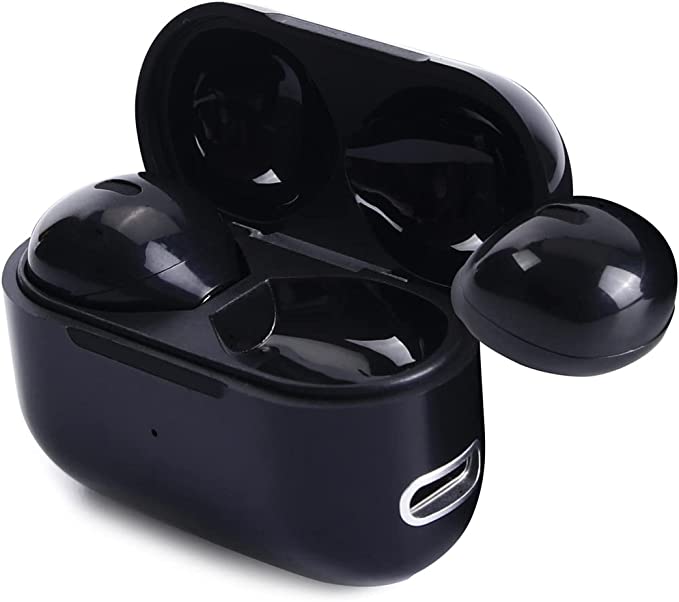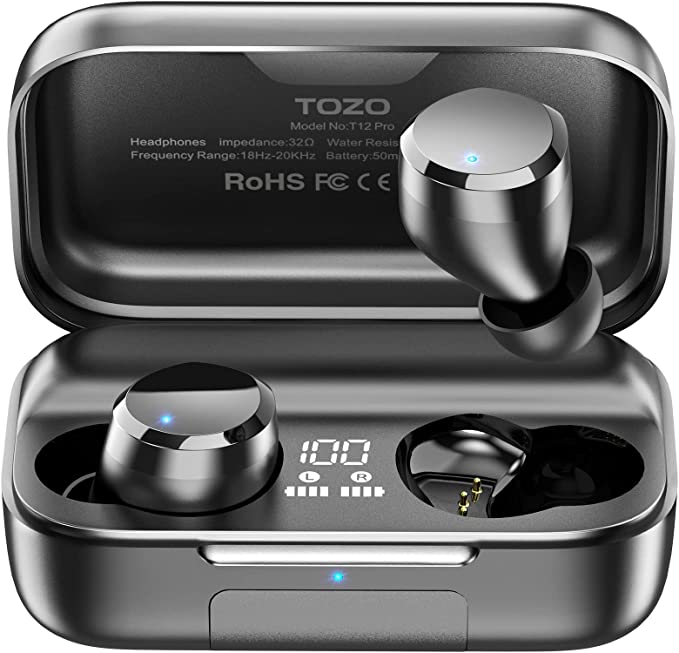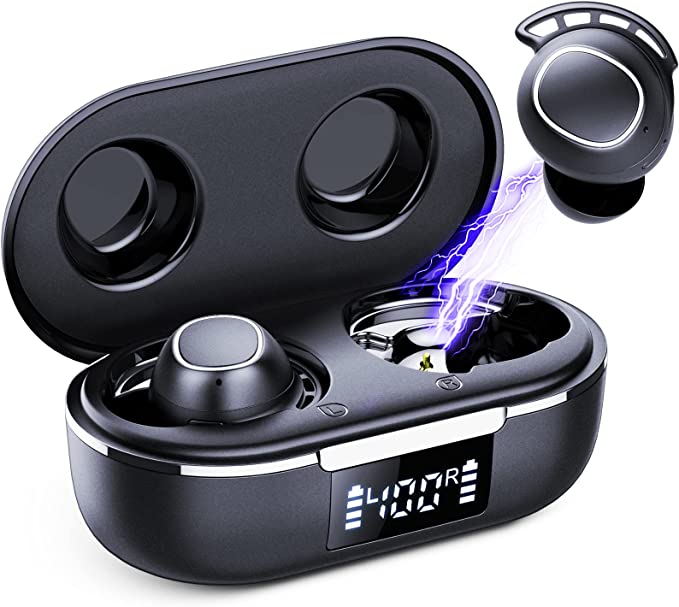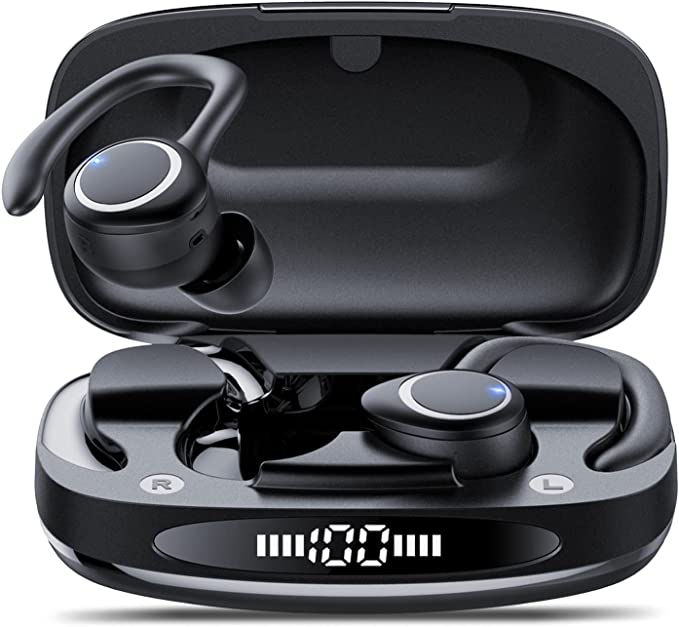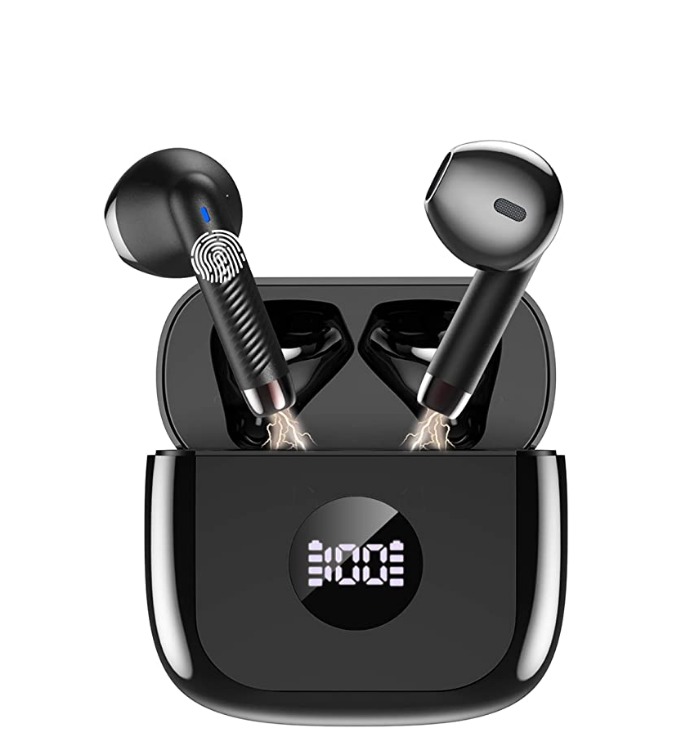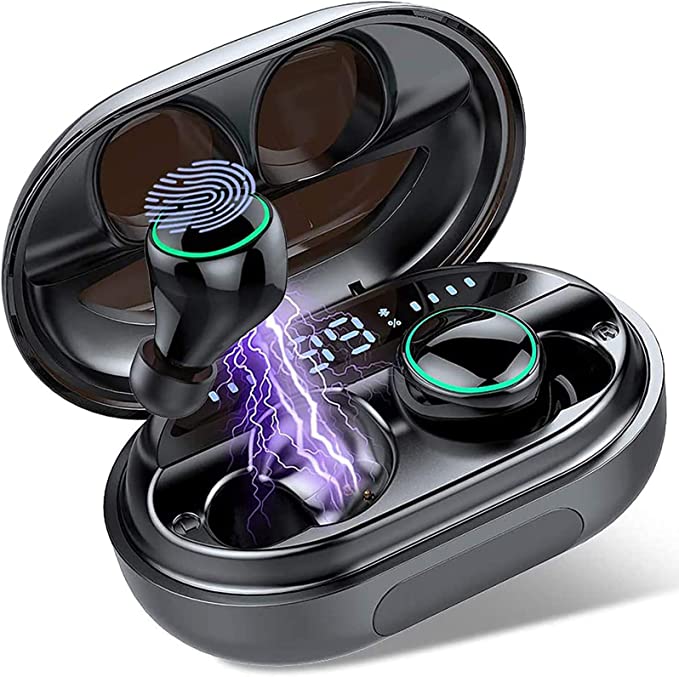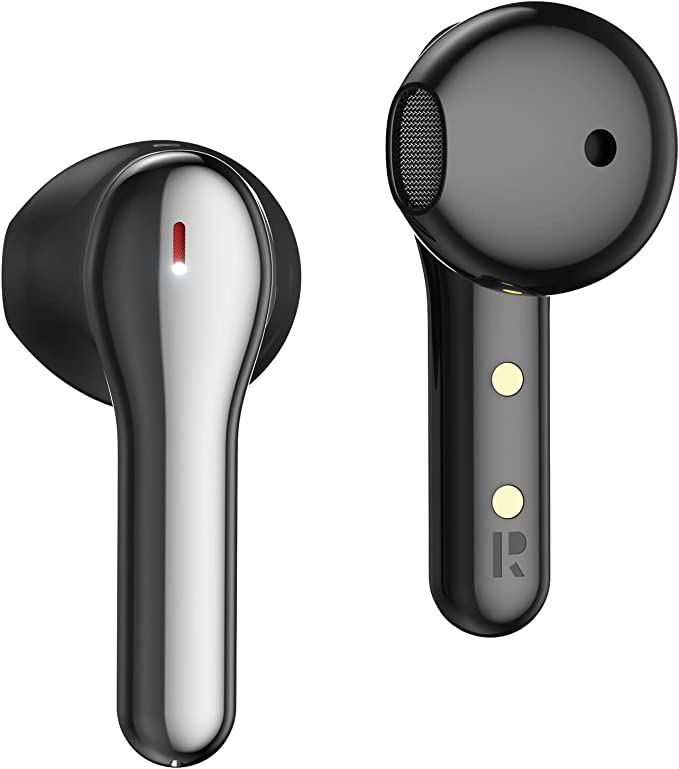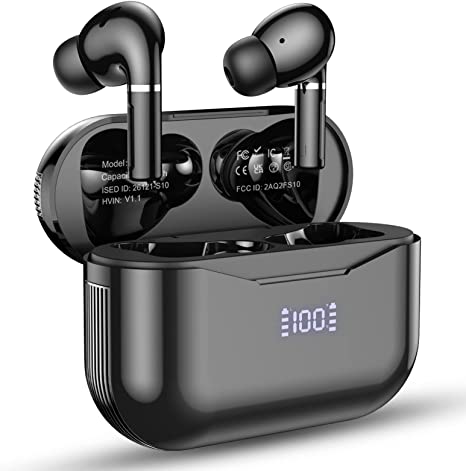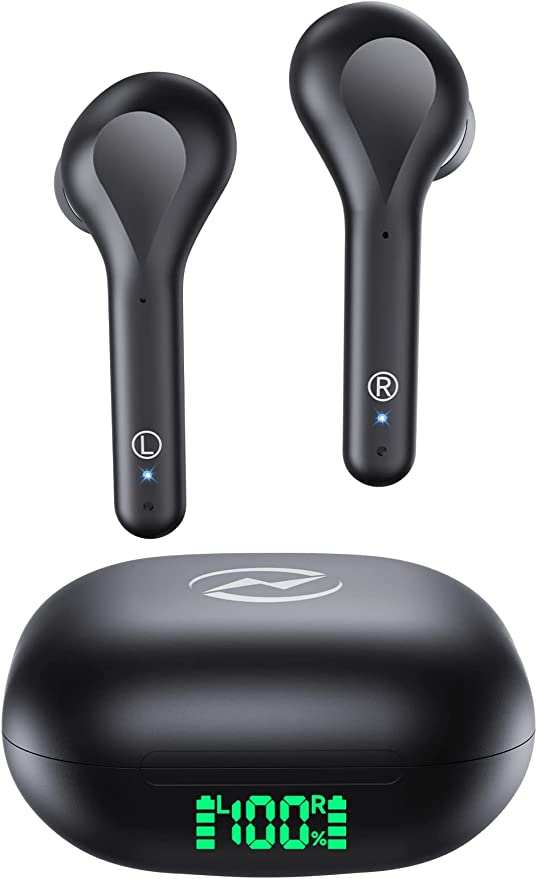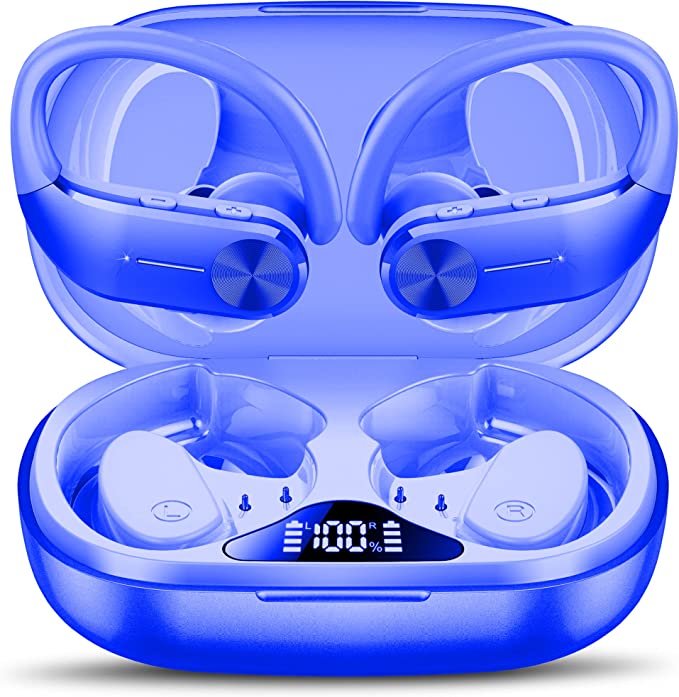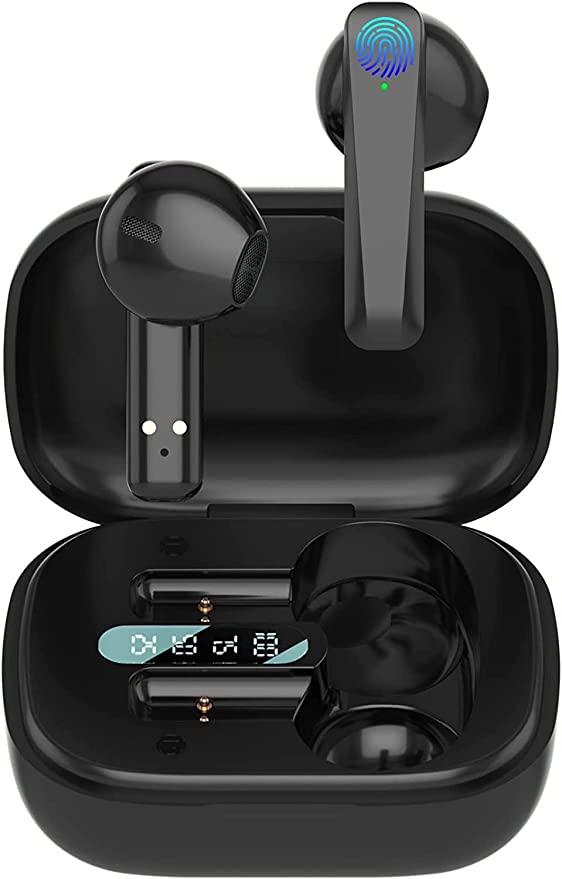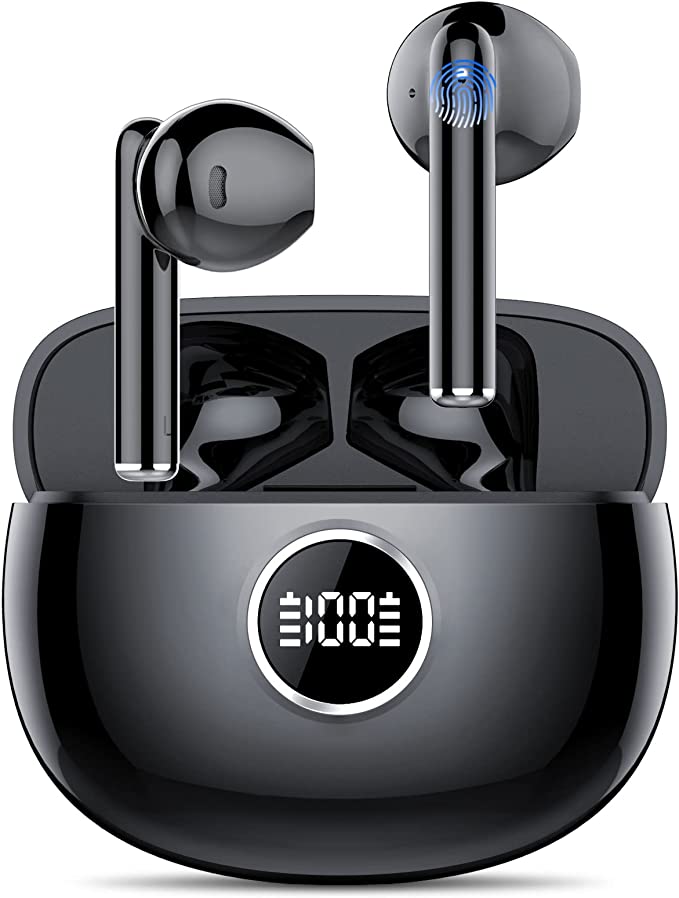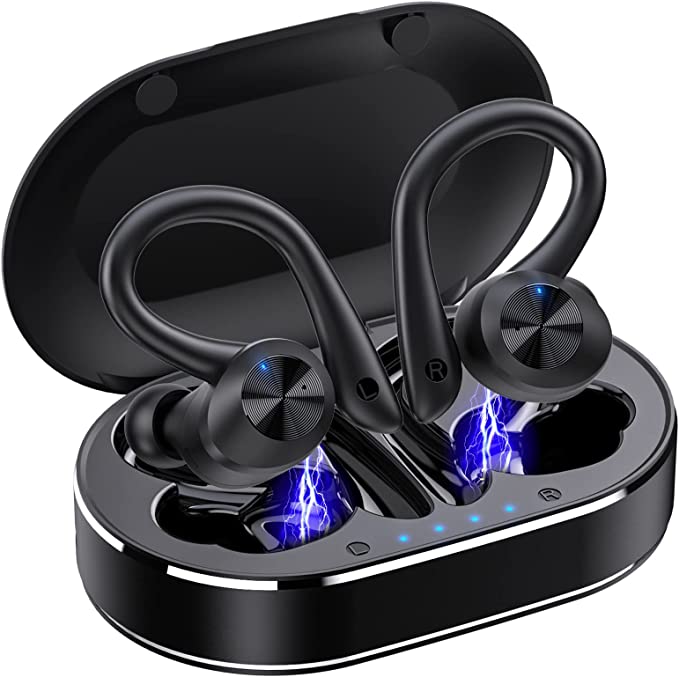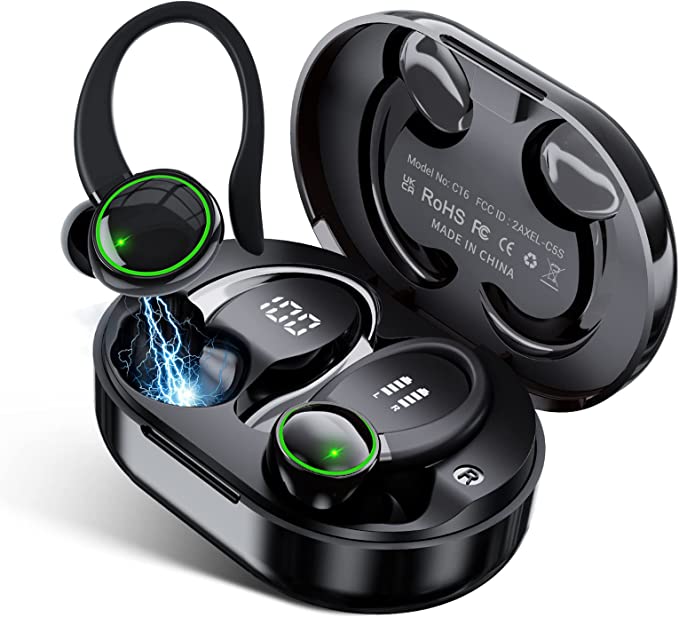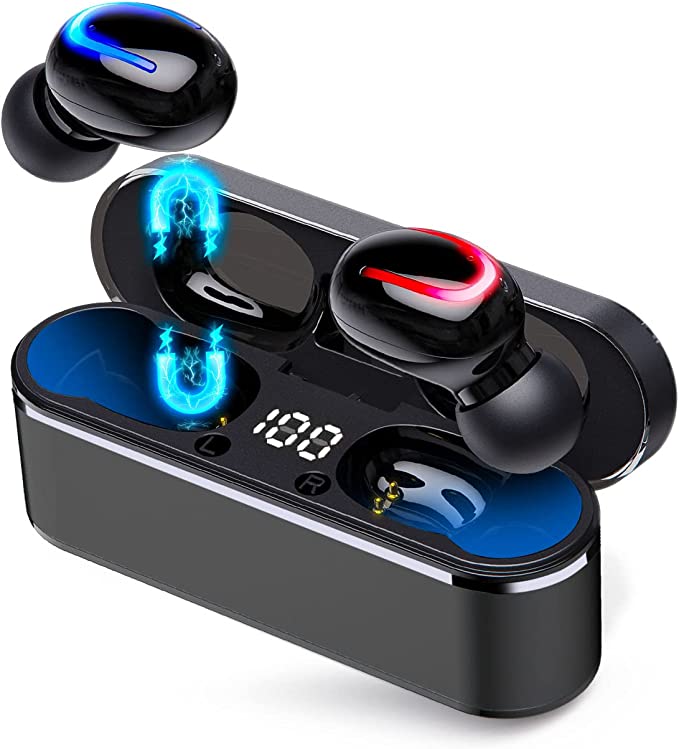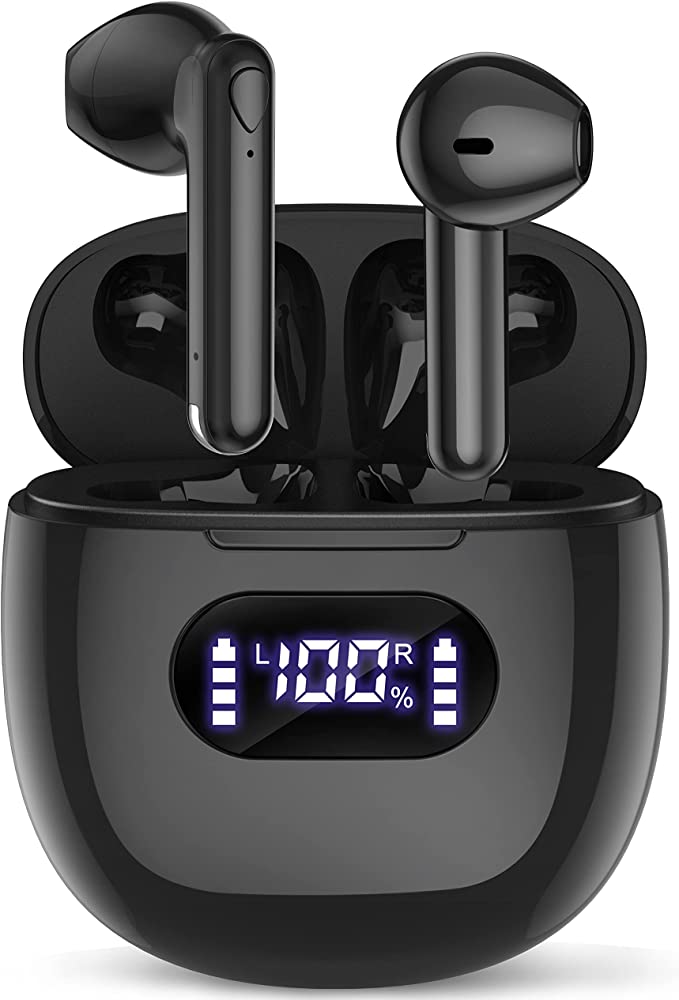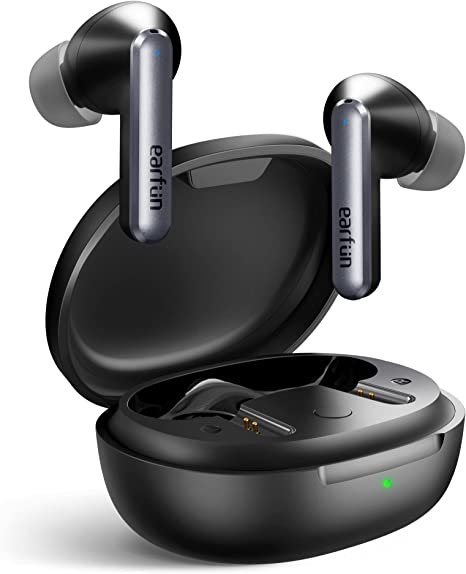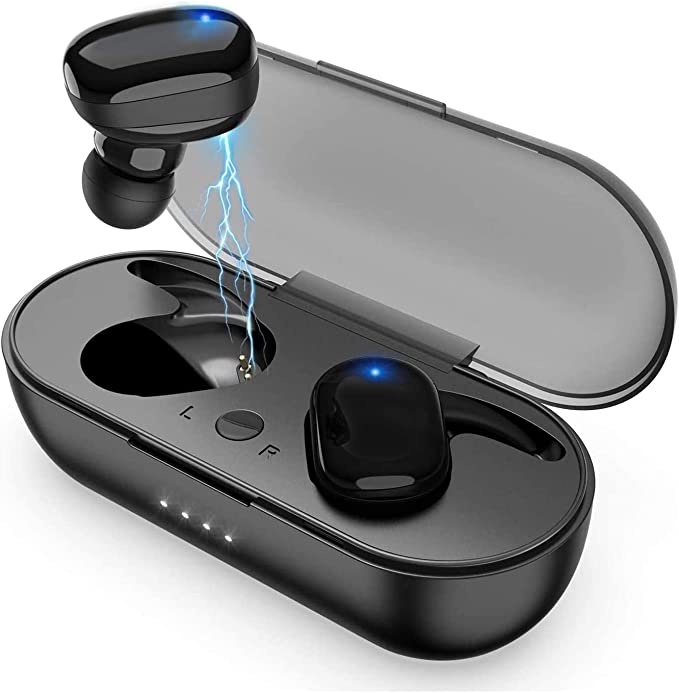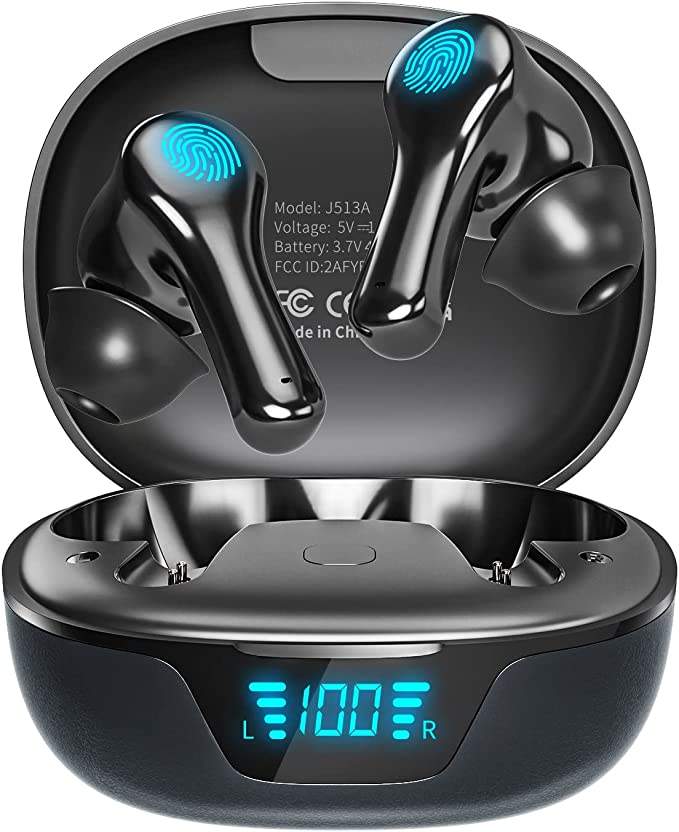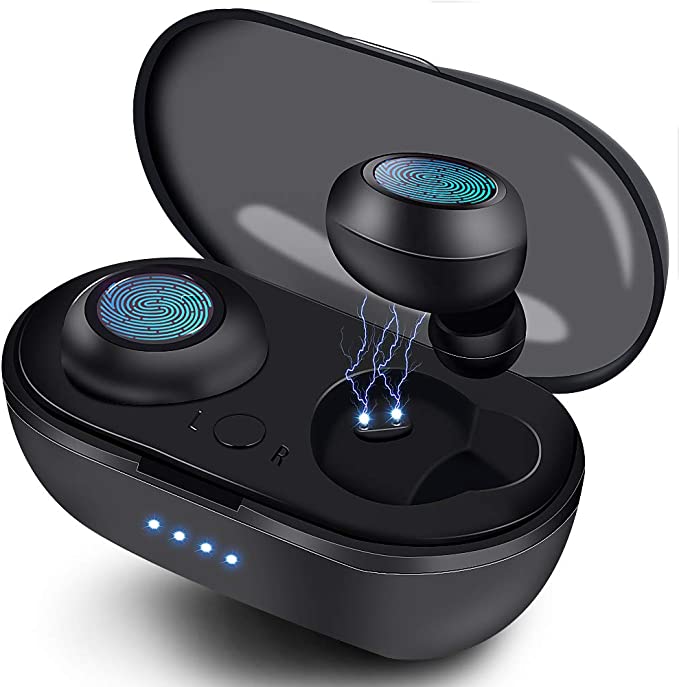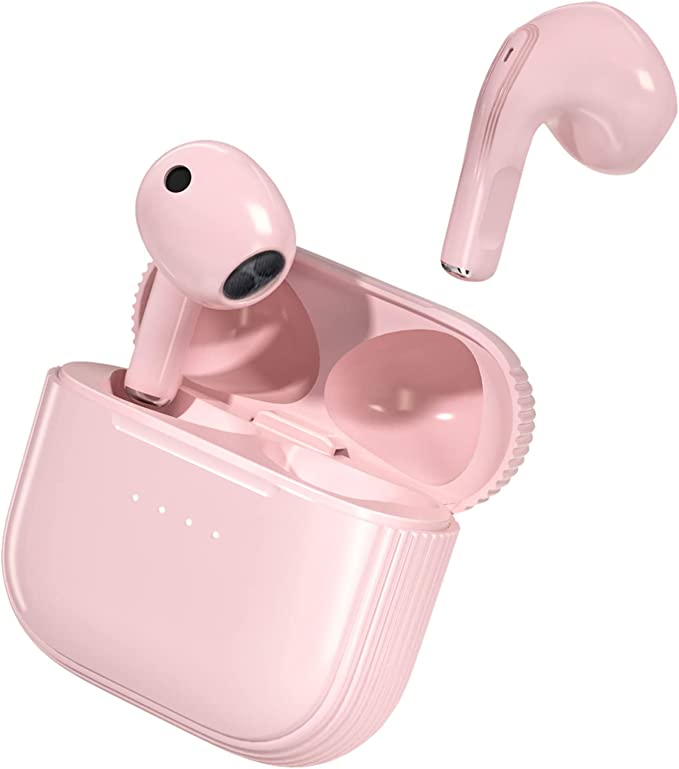Assistrust Wireless Earbuds - Excellent Sound and Comfort at a Budget Price
Update on July 2, 2025, 4:36 p.m.
There’s a small, almost magical ritual many of us perform daily. In the metallic hum of a subway car, the low chatter of an open office, or the pre-workout buzz of a gym, we reach for two small objects. We place them in our ears, and with a soft chime, the world outside fades, replaced by a private bubble of sound. It feels effortless, instantaneous. But this pocket-sized escape is no magic trick; it’s a meticulously conducted symphony of science, one performed by billions of devices worldwide, including unassuming ones like the Assistrust Wireless Earbuds.
Let’s pull back the curtain. Forget the brand names and the marketing for a moment. Let’s explore the unseen genius packed into these tiny shells, and discover how fundamental principles of physics and engineering conspire to turn silent code into pure emotion.

The Silent Handshake
The performance begins before a single note is played. It starts with the connection. When you take your earbuds out of their case, they awaken and, within seconds, find your phone in a crowded sea of signals. This isn’t just a convenience; it’s a digital ballet known as Bluetooth 5.0.
Imagine Bluetooth as a form of short-range radio. The air around us is thick with signals—Wi-Fi, cell service, other Bluetooth devices. For your earbuds and phone to talk, they must agree on a specific, private channel within the bustling 2.4 GHz frequency band. Think of it as two people trying to have a conversation in a loud party; they need to find a quiet corner and a shared language.
Older Bluetooth versions were like a clumsy introduction, often requiring multiple attempts to connect. Bluetooth 5.0, however, perfected the choreography. It’s a faster, more efficient protocol, capable of a silent, lightning-fast handshake. This efficiency is the core reason “one-step pairing” works so reliably. It’s also what enables the graceful “single ear mode,” allowing each earbud to maintain its own independent link to your phone, so you can use one while the other charges, without interruption. This isn’t just better technology; it’s a more intelligent conversation between your devices.

Painting with Air
Once the connection is secure, the true artistry begins. How does a stream of digital ones and zeros become the soaring strings of a symphony or the deep thump of a bass line? The answer lies with a microscopic marvel inside each earbud: the dynamic driver.
It’s best to picture this driver as a miniature piston, attached to a diaphragm as thin as a whisper. When the electrical signal for a sound arrives, an electromagnet makes this piston vibrate with incredible precision—thousands of times per second. Each vibration pushes and pulls the air, creating pressure waves. These waves, these intricate pictures painted with air, are what our eardrums perceive as sound. The richness of the bass and the clarity of the treble all depend on how accurately this tiny engine can sculpt the air.
But this performance can be easily ruined by a noisy audience—the world outside. This is where the physical design becomes crucial. These earbuds achieve immersion not through complex electronics, but through a simple, elegant principle: passive noise isolation. By choosing the correct size of silicone ear tip (S, M, L), you are essentially building a tiny, custom-fit fortress of silence for your ear canal. This physical seal acts like a high-quality earplug, blocking a significant portion of ambient noise, especially higher-pitched sounds. It’s why a user can be mowing the lawn, surrounded by the roar of an engine, yet still find clarity in their music. The best sound, after all, is often created by what you don’t hear.
Life-Proofing the Music
Of course, a personal soundtrack is meant to move with us, through the sweat of a workout or an unexpected drizzle on a commute. This is where material science takes the stage, under the banner of a designation like IPX5. It sounds technical, but it’s a simple, standardized promise.
The “IP” stands for Ingress Protection. The ‘X’ means it hasn’t been rated for dust, but the ‘5’ is the crucial part. It certifies that the earbud’s enclosure can withstand a sustained, low-pressure jet of water from any direction. It’s a precisely engineered raincoat for the delicate electronics within. This isn’t just about durability; it’s about freedom—the freedom to embrace your active life without worrying about your technology.
This freedom is powered by the unsung hero of the TWS world: the charging case. It’s more than a container; it’s a mobile power bank, a “mothership” that provides a safe harbor and multiple refuelings for the earbuds. This design—around 6 hours of life in the buds and another 30 in the case—is a clever solution to the fundamental constraint of battery size, ensuring the music can last not just for a commute, but for days at a time.

The Democratization of Delight
As we pull back from the microscopic scale of drivers and radio waves, a larger picture emerges. Devices like the Assistrust earbuds are remarkable not because they contain revolutionary, never-before-seen technology. They are remarkable because they represent the democratization of delight.
The principles at play—Bluetooth, acoustics, battery management—are the fruits of decades of scientific research and engineering refinement. They have become so optimized and accessible that they can be masterfully integrated into a product that doesn’t demand a premium price. The clear audio you hear during a call, the stable connection you enjoy on a run, the confidence that a little sweat won’t end the music—this reliable experience is the quiet culmination of our collective technological progress.
So, the next time you place your earbuds in your ears and the world melts away, take a moment. Appreciate the unseen symphony. You’re not just listening to music; you’re experiencing a pocket-sized testament to human ingenuity.


